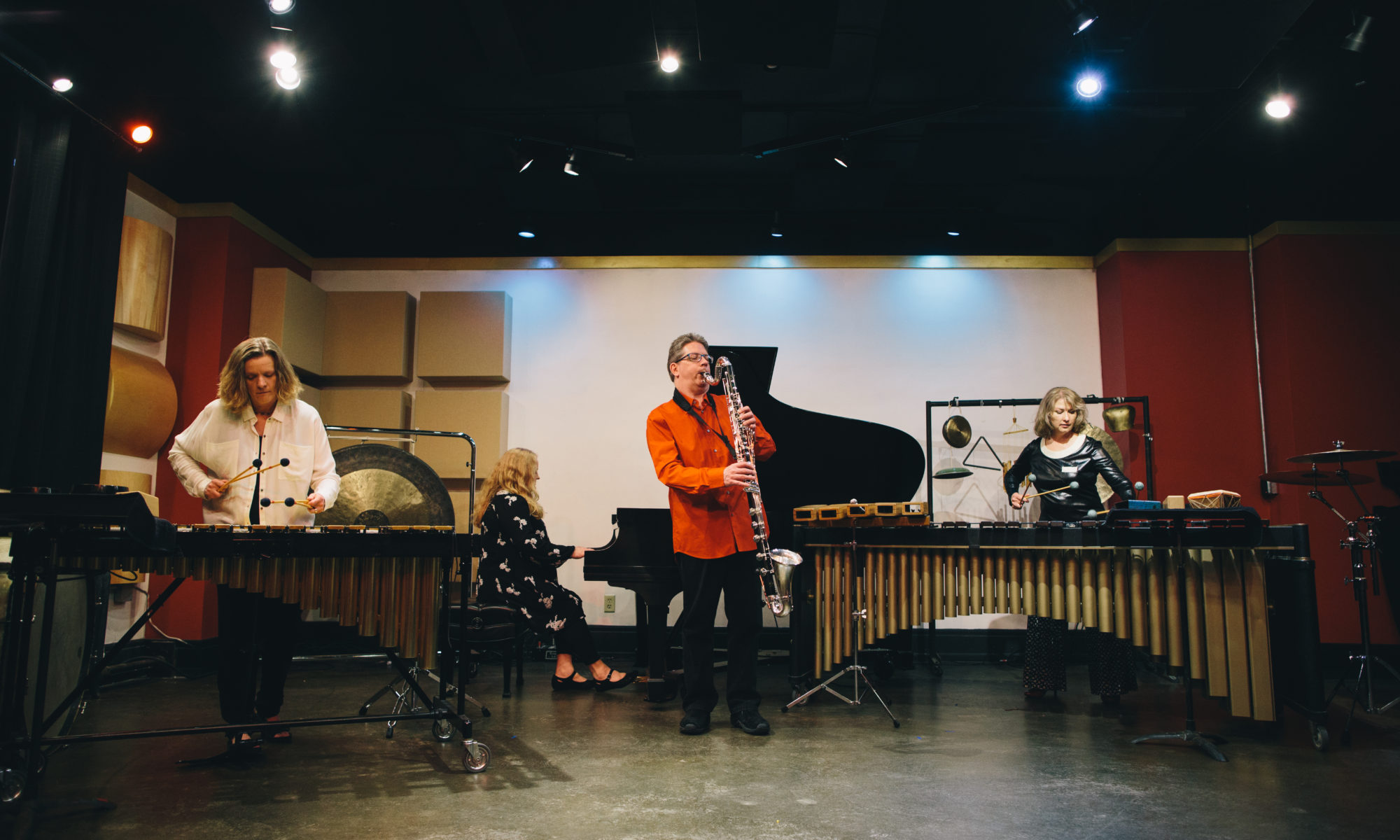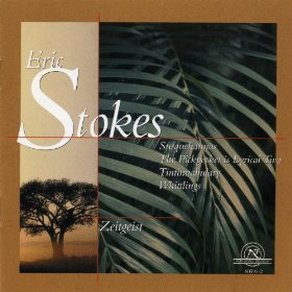“If Tigers were Clouds… then reverberating, they would create all songs was developed in collaboration with Zeitgeist during a Music in Motion Residency based at the Fleisher Art Memorial in Philadelphia. We met for two separate week-long sessions (in September and December, 1993) and during that time I was able to work with Zeitgeist in a process similar to that of a choreographer making a dance “on” a specific group of dancers. This process allowed us to make a piece that is what it is because [Zeitgeist] and I spent many hours together working, talking, eating, and
playing during those times.
The title is a thought arrived at in a collaborative instant with composer David Gilbert at least 25 years ago. It suddenly came back to me as I was scoring this piece for Zeitgeist. This piece is very much about reverberation, resonances, and the sonic energy of pitches and their overtones. Tigers and clouds suggest strength, mystery, elusiveness, and can evoke magical imaginary worlds in children and adults.”
— Eleanor Hovda Continue reading “Eleanor Hovda: If Tigers Were Clouds”


